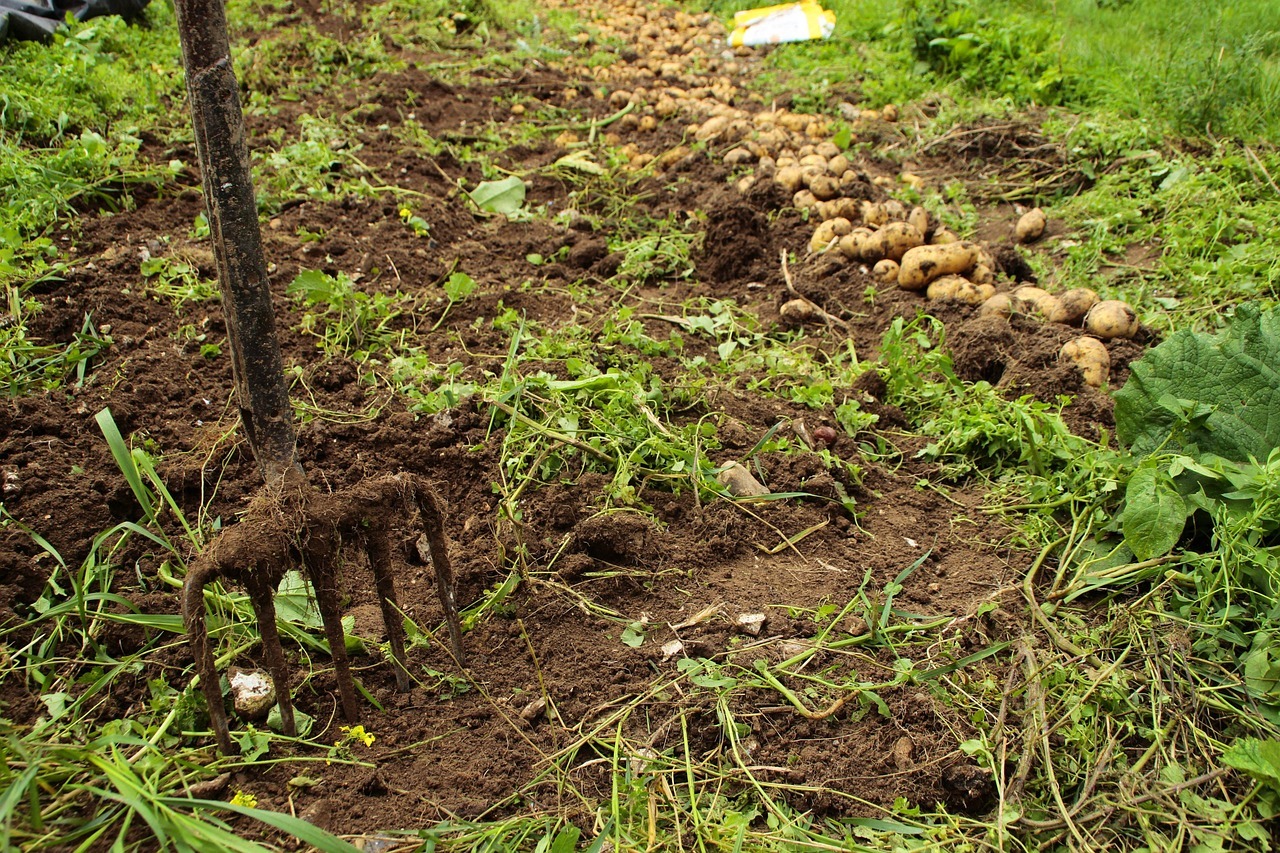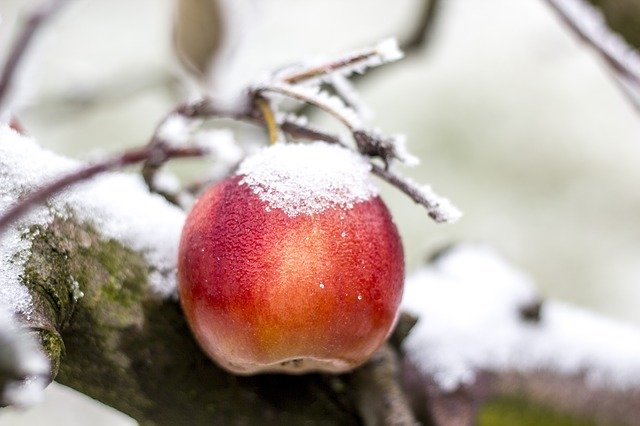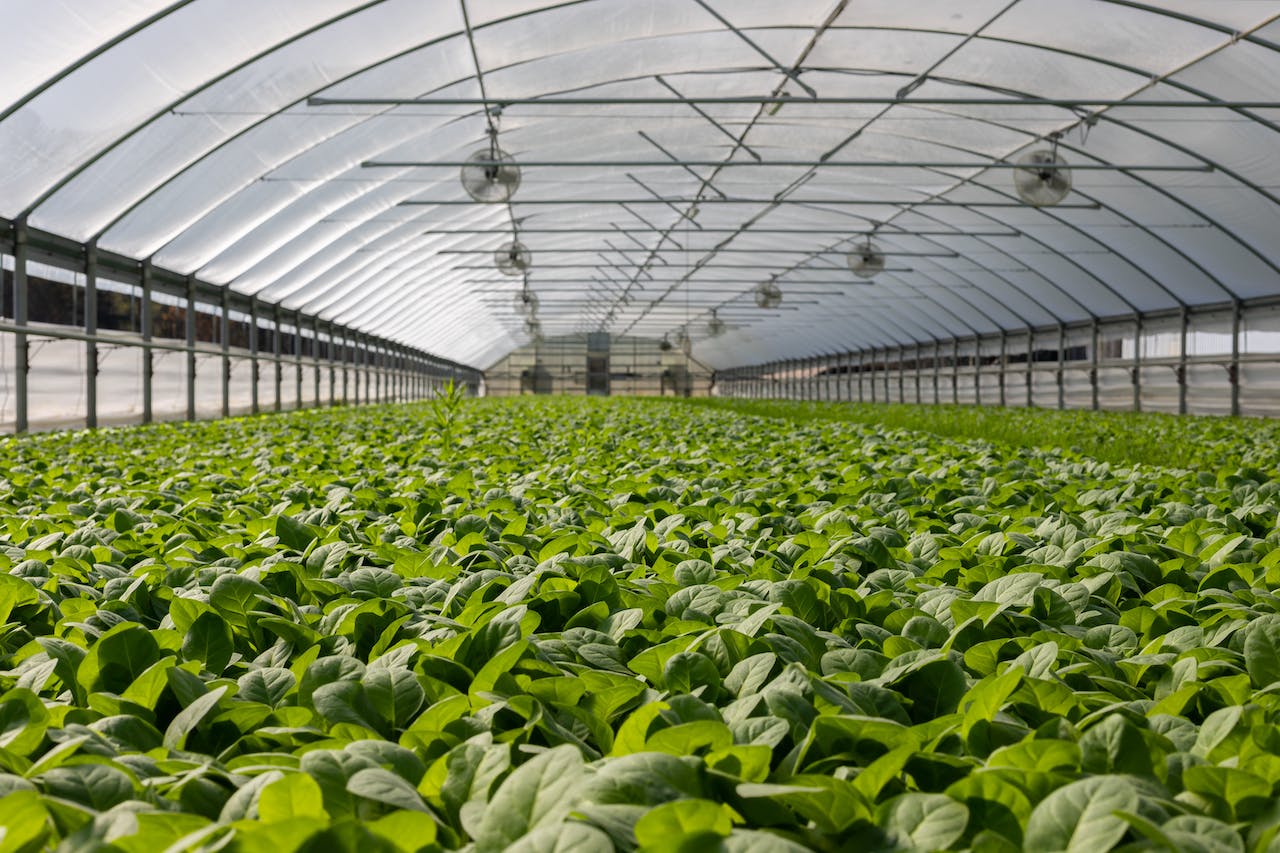Top Benefits of Regenerative Farming Practices for Your Homestead
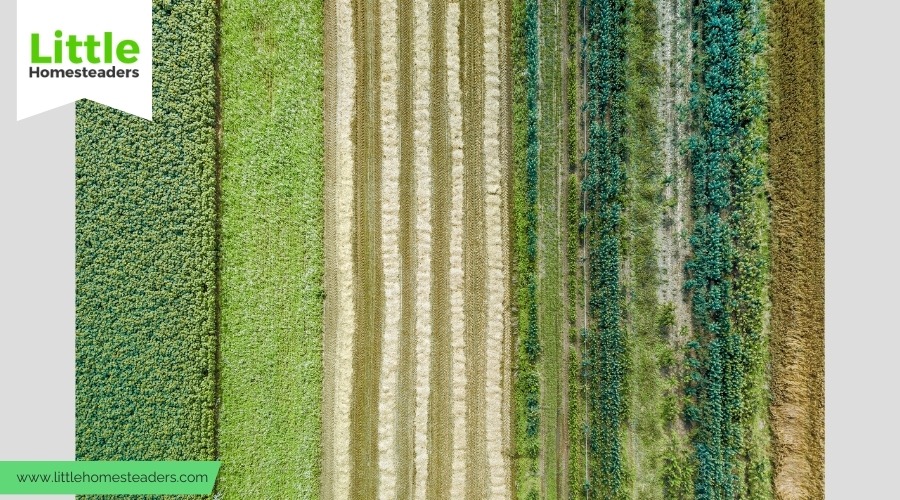
Regenerative farming is more than a buzzword—it's a way to breathe life back into your land. If you're looking for ways to make your homestead thrive while giving back to the earth, this approach could be the game-changer you've been waiting for. From improving soil health to cutting costs and even fighting climate change, the benefits of regenerative farming are undeniable. Let's dive into what makes these practices so impactful and how they can transform your homestead into a sustainable, resilient ecosystem.
Healthier Soil for Stronger, More Productive Land
Healthy soil is the backbone of any successful farm or homestead. Unfortunately, conventional farming methods often leave soil depleted and lifeless. Regenerative farming flips the script, restoring vitality to the land through techniques like reduced tillage, cover cropping, and adding organic matter.
With regenerative practices, you can increase your soil's organic matter by up to 30%. Why does that matter? Organic matter is like a sponge, holding onto nutrients and water, which makes your land more productive and resilient. Plus, the microbial life in your soil will flourish. You could see up to 50% more beneficial microbes, which are like the behind-the-scenes crew that keeps your soil fertile and well-structured.
What you'll notice:
- Your soil will retain water better, reducing runoff and erosion.
- Earthworm populations could explode by 500%, naturally aerating your soil and improving nutrient cycling.
- Crops will grow healthier and more resistant to pests and diseases.
If you're transitioning from conventional methods, start small. Experiment with a single plot of land by reducing tillage and adding a cover crop like clover or rye. You'll soon see how these simple changes can bring your soil back to life.
Better Water Retention for Drought-Proof Farming
Water is one of the most precious resources on your homestead, and regenerative farming ensures you're making the most of it. Healthy soil under regenerative management can hold up to 30,000 extra liters of water per hectare compared to conventional methods. That's water you won't need to pump or buy—water that's already working for you.
Techniques like no-till farming and planting cover crops play a huge role here. Living roots in the soil act like straws, pulling water deep into the ground and storing it for when your plants need it most. Pair this with perennials like trees or shrubs, and your land will become even more drought-resistant thanks to their deep root systems.
Pro tip for livestock owners: Rotational grazing isn't just good for the animals; it's great for the land. By moving your livestock regularly, you allow grasslands to recover, improving water infiltration and preventing soil compaction. This practice not only conserves water but also ensures your grazing areas stay lush and productive.
A Boost in Biodiversity for a Thriving Ecosystem

By encouraging biodiversity, regenerative farming turns your homestead into a living, breathing ecosystem. From increased plant variety to more pollinators, these practices create a balanced environment that supports natural pest control and healthy crop production.
Research shows regenerative farms can have 50% more plant species and 72% more pollinators compared to conventional ones. Imagine walking through your fields and seeing butterflies, bees, and birds buzzing with activity. It's not just beautiful—it's beneficial. These creatures play a crucial role in pest control, pollination, and maintaining a healthy ecosystem.
Want to take it further?
- Set up a wildflower strip or pollinator garden.
- Build birdhouses or bat boxes to encourage natural pest controllers.
- Partner with local organizations to learn more about biodiversity-friendly farming.
Not only will your homestead become more self-sufficient, but you might even attract visitors interested in learning about your approach. Agritourism, anyone?
Lower Costs by Reducing Dependence on Chemicals
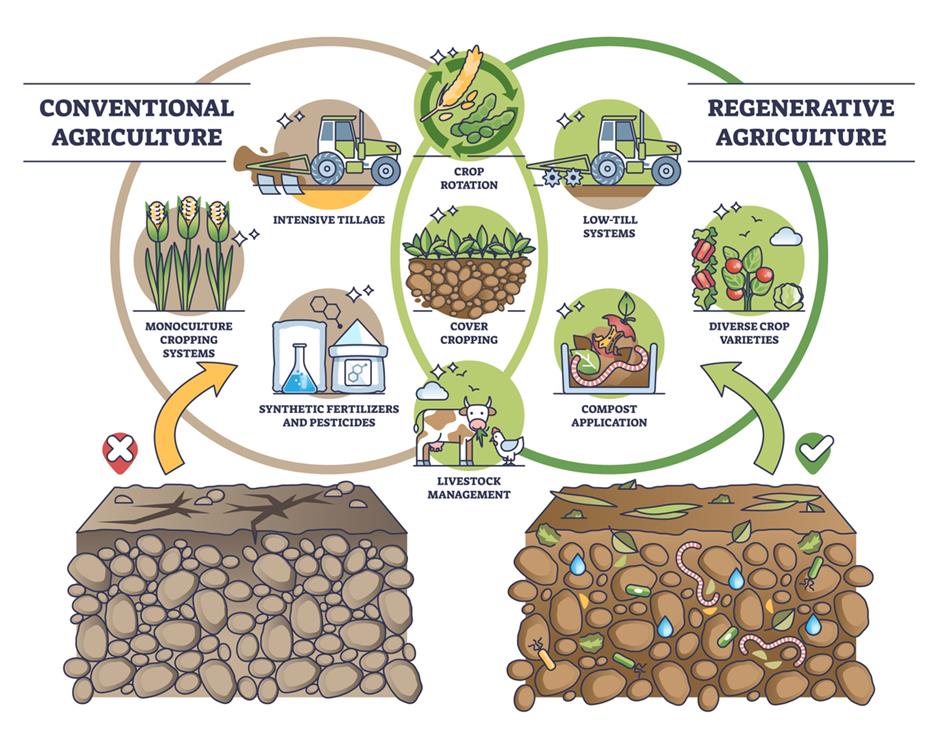
Let's talk numbers. Regenerative farming can reduce your reliance on expensive synthetic fertilizers, pesticides, and herbicides, cutting input costs by up to 60%. It might sound too good to be true, but here's how it works.
When you focus on building healthy soil and increasing biodiversity, your land starts to work for you. Beneficial microbes, insects, and plants take care of many of the jobs you'd typically outsource to chemicals. Techniques like no-till farming and cover cropping naturally enhance soil fertility and suppress weeds.
Additional income opportunities:
- Consider selling premium, organic produce from your regenerative farm. Many consumers are willing to pay more for food that's grown sustainably.
- Explore carbon markets. If your practices sequester carbon, you might qualify for payments through carbon offset programs.
Yes, transitioning to regenerative farming requires an initial investment of time and effort. But the long-term savings and added income opportunities make it well worth the effort.
Higher Yields Even in Tough Conditions
When it comes to yields, regenerative farming proves that you don't have to choose between sustainability and productivity. Over time, practices like cover cropping, composting, and integrating livestock can boost yields by 20-40%, even in less-than-ideal conditions.
For example, during drought years, regenerative farms often outperform conventional ones by a wide margin. Why? It goes back to water retention and soil health. Healthy soil acts like a reservoir, providing crops with the moisture and nutrients they need when they need it.
For small-scale homesteaders: If you're growing vegetables or fruits, regenerative practices like composting and crop rotation can increase your yields significantly. Focus on high-value crops that benefit from improved soil health, like tomatoes, peppers, or berries.
Helping to Fight Climate Change by Capturing Carbon
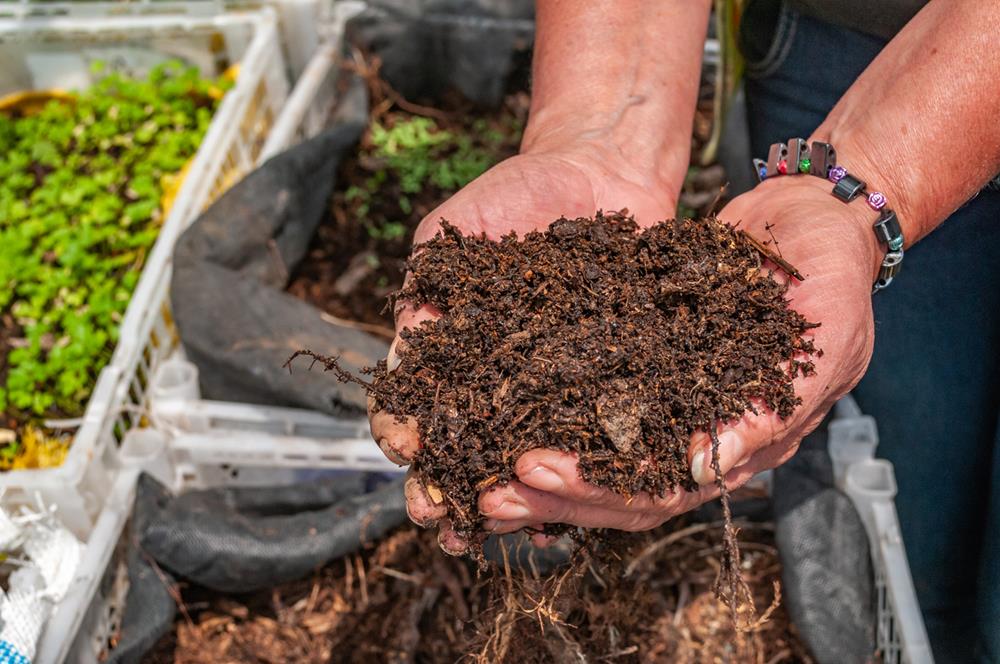
If you've ever wondered how you can make a difference in the fight against climate change, regenerative farming is a great place to start. Healthy soils act as carbon sinks, capturing CO2 from the atmosphere. On average, regenerative practices can sequester 2-3 tons of CO2 per acre annually.
That's not all. Diversified cropping systems and agroforestry (planting trees and shrubs alongside crops) can remove over 10 metric tons of CO2 per hectare each year. These practices also make your homestead more resilient to extreme weather, from heatwaves to heavy rains.
To make an impact in your community, share your regenerative journey with neighbors and fellow farmers. The more people adopt these practices, the bigger the collective impact. You can also host workshops or farm tours to spread awareness and inspire others.
Long-Term Productivity for a Sustainable Future
Unlike conventional farming, which often depletes resources, regenerative agriculture builds them up over time. By improving soil health, water retention, and biodiversity, you're setting the stage for reliable, sustainable production year after year.
One of the most exciting aspects of regenerative farming is its potential for long-term productivity. As your soil becomes richer and more resilient, you'll find that your homestead requires less intervention to maintain high yields. This not only saves time and money but also ensures that your land remains productive for generations.
Practical Solutions for Overcoming Transition Challenges
Switching to regenerative farming isn't without its hurdles. It takes time to see results, and the upfront costs can be daunting. But the key is to start small and build from there. Focus on one or two regenerative practices to begin with—like planting cover crops or reducing tillage—and expand as you gain confidence.
Tips for easing the transition:
- Seek out government grants or subsidies for sustainable farming.
- Join a community of regenerative farmers to share experiences and advice.
- Track your progress to stay motivated. Watching your soil improve and your yields grow is incredibly rewarding.
Conclusion
Regenerative farming is more than a set of practices—it's a mindset. By prioritizing soil health, biodiversity, and sustainability, you're not just improving your homestead. You're contributing to a healthier planet, a more resilient food system, and a brighter future.
So why not start today? Begin with one small change, whether it's planting a cover crop, reducing tillage, or simply learning more about the principles of regenerative agriculture. With each step, you'll be closer to transforming your land into a thriving, sustainable ecosystem. And in the process, you'll be part of a movement that's changing the way we farm—and the way we live—for the better.

